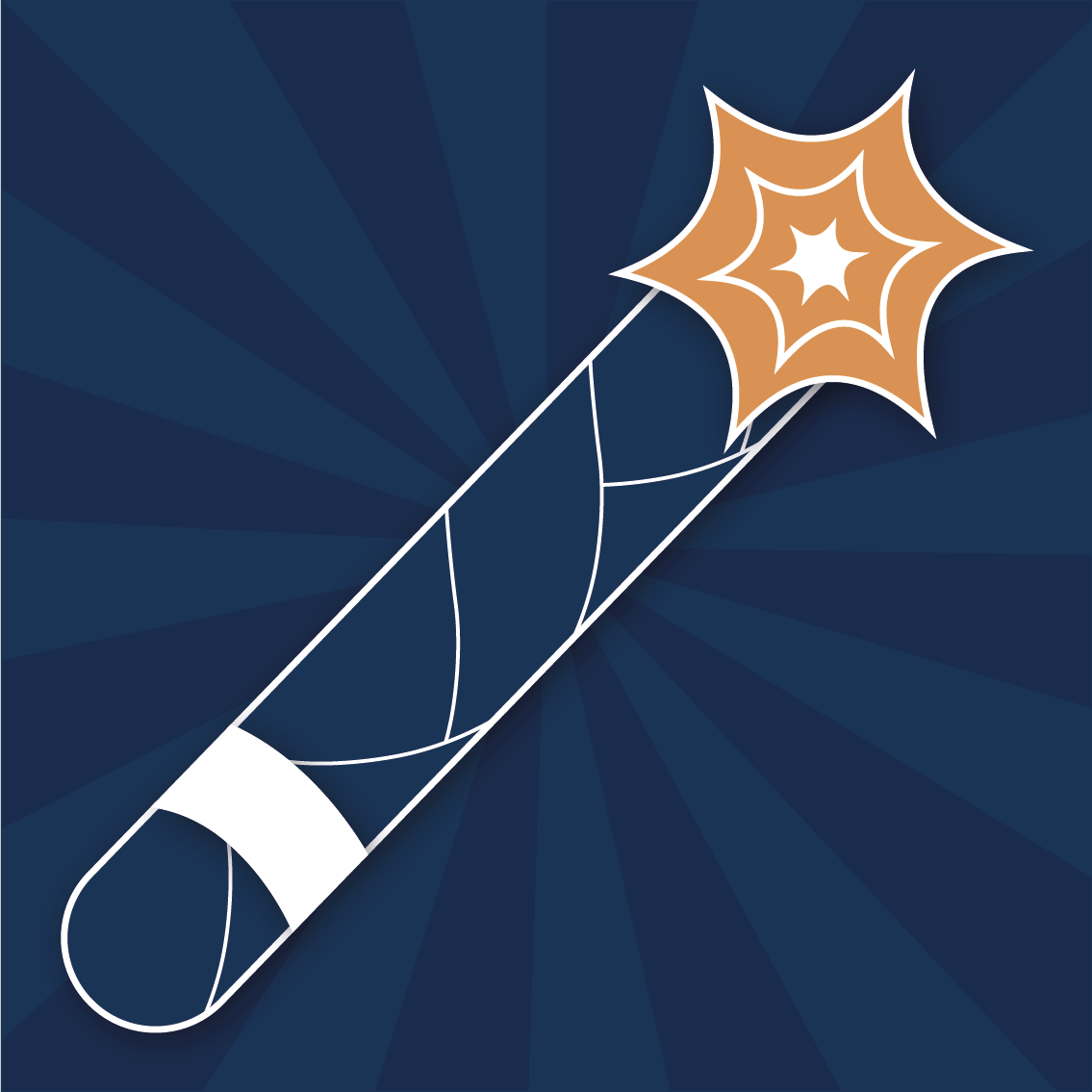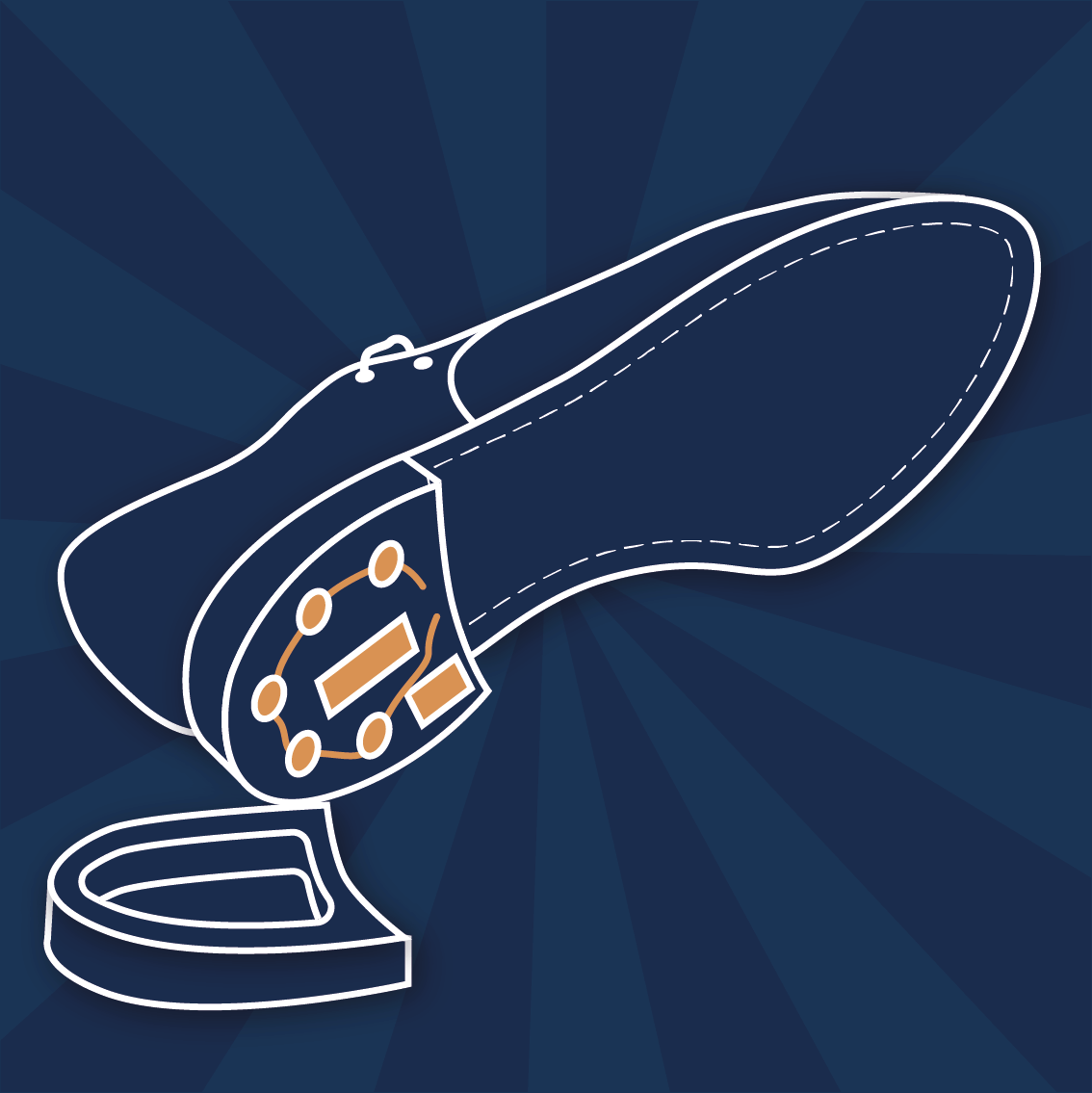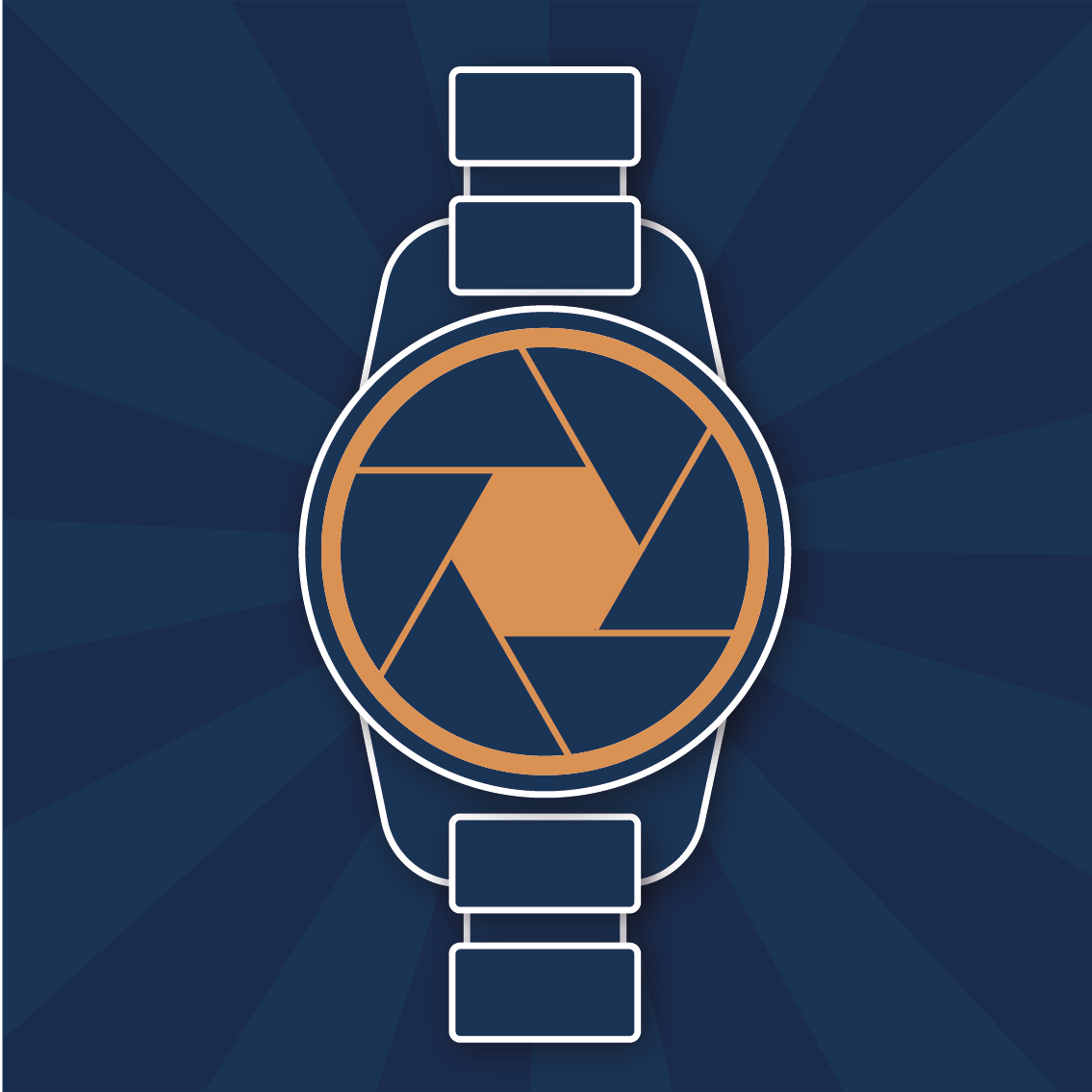Suave secret agents, real spy gadgets, nefarious double crosses, there's nothing that captures the imagination quite like a good spy story. We can all get a kick out of Jason Bourne kicking ass around the world with his box full of fake passports, or James Bond flying around in a microlight that packs into a suitcase. But we should spare a thought for the real-life spies that these characters are based on.
What makes them all the more captivating is that they existed and operated. Agents all over the world have gone into the field with an array of gizmos and gadgets to get them through their missions. Spies have used exploding pencil cases, phones hidden in shoes, and even the famous exploding cigar they used to try to take out Castro. While not quite as spectacular as a barrel-rolling, invisible Aston Martin, the fact that these things existed and were used by real secret agents is amazing. Although, as you are about to find out, sometimes the most amazing thing is that someone managed to get funding for some of these things in the first place.

Here is part two of the series of our favorite spy tools used by old-school operators. Some of the technology from these gadgets is still in use today by divisions of secret service agencies, and some have crept into the consumer goods market. Let's take a look.
Buttonhole Camera

The inspiration for the Button Hidden Camera Pro on our website, the buttonhole camera is the quintessential real spy gadget. The buttonhole camera was developed independently by the Russians, Americans, and British during the 1950s and saw a lot of use throughout the cold war era.
The first models could only take still shots and were so large they could only be hidden under a thick overcoat. The operator would trigger the shutter mechanically using a cord connected to a lever in the coat pocket. When the agent wanted to take a photo they just put their hand in their pocket, angled their body towards the subject, and snapped a picture on the miniature 16mm film.
Nowadays, technology has moved on. No case officers are going around with bulky film cameras hidden under greatcoats. The modern buttonhole camera is a tiny digital camera that can record full-HD video and store hours of footage on internal, digital memory.
Glove Pistol

You might recognize this spy gadget from the movie Inglorious Bastards but did you know that they really made it? It was made by gunsmiths Sedgley and Co. for U.S. Marines fighting in World War II and was designed specifically for covert operations as an assassination weapon.
The assassin loads the gun with a single .38 Special round and cocks it before hiding it under a long-sleeved coat. The trigger and the muzzle of the gun protrude past the knuckles when the wearer makes a fist so that when the target is punched, the .38 round discharges and shoots the victim. It only used a smoothbore barrel because accuracy over distance was obviously not important at a point-blank range. It also had an agonizingly long reload procedure where the barrel needed to be unlatched and swung to the side to chamber another round.
Amazingly somewhere between 50 and 200 of these gadgets were produced and issued to combatants, though there are no records of them being used in anger. But it's fair to say that if they were used they would pack quite a punch.
Voice Recorder and Transmitter in Shoe

These real spy gadgets were used by Eastern European Secret Service agencies through the 1960s and 1970s to listen in on conversations by US and British officials. The most surprising thing about this cold war piece of spy gear was that it was deployed without the wearer's knowledge. Rather than the spy wearing the shoes themselves and recording conversations that the spy overheard; the spy would engineer a situation where they could make the subject wear the shoes and transmit private information to nearby Soviet listening posts.
One story tells of soviet spies keeping tabs on an American diplomat operating in Romania during the height of the cold war. One day when he sent his shoes out for repair they were intercepted and a hidden voice recorder and transmitter were hidden in the heel. The agents could then listen in on all of this diplomat’s conversations and keep track of his movements.
Another story concerns no less a target than the US ambassador to Czechoslovakia. This man was obviously a high-value target for the Soviet Union and privy to a lot of classified information. Czech agents managed to intercept a pair of new shoes that he had ordered from America and worked their magic on them, turning his shoes into bugs that picked up every word he said.
Wristwatch Camera

Bond has had his fair share of wristwatch gadgets; a laser watch in Goldeneye; a Geiger counter in Thunderball, and even a Rolex Submariner with a circular saw. But he has never had a watch with a camera inside. Q branch must have dropped the ball because real-life spies have been hiding cameras inside watches since at least the 1940s and the first watch to contain a camera was made in 1886.
One version of the wristwatch camera was developed by Dr. Rudolph Steineck in West Germany, and introduced in 1948, just in time for the heady days of espionage during the cold war. It was capable of taking eight photos on a 25mm disc of film. Users would have to trim down a standard 35mm film to fit it into the tiny camera and rotate the disc for each exposure. The film would then be placed in a dead drop for the spy’s handler to retrieve or developed by the operative themselves in a clandestine dark room.
The watch camera had a tiny f/2.5 12.5mm lens and, to be honest, looked nothing like a watch under examination since the whole face of the watch was dominated by the camera lens and controls. It would be pretty obvious to any spy catcher what the wearer of this watch was up to but brazen spies still used it, and models like it, all through the Cold War. Operatives would have to pretend to check the time, hastily snap a picture without the benefit of a viewfinder, and move on without being detected.
Well, that just about wraps up our list of real spy gadgets, we hope that you enjoyed reading about them. If you missed it you should check out part 1 where we talk about spies hidden in giant fake dogs, inflatable spies to let you drive in the carpool lane, and “The Thing”.
Or pop over to our store where you can find the modern incarnations of these real devices.



